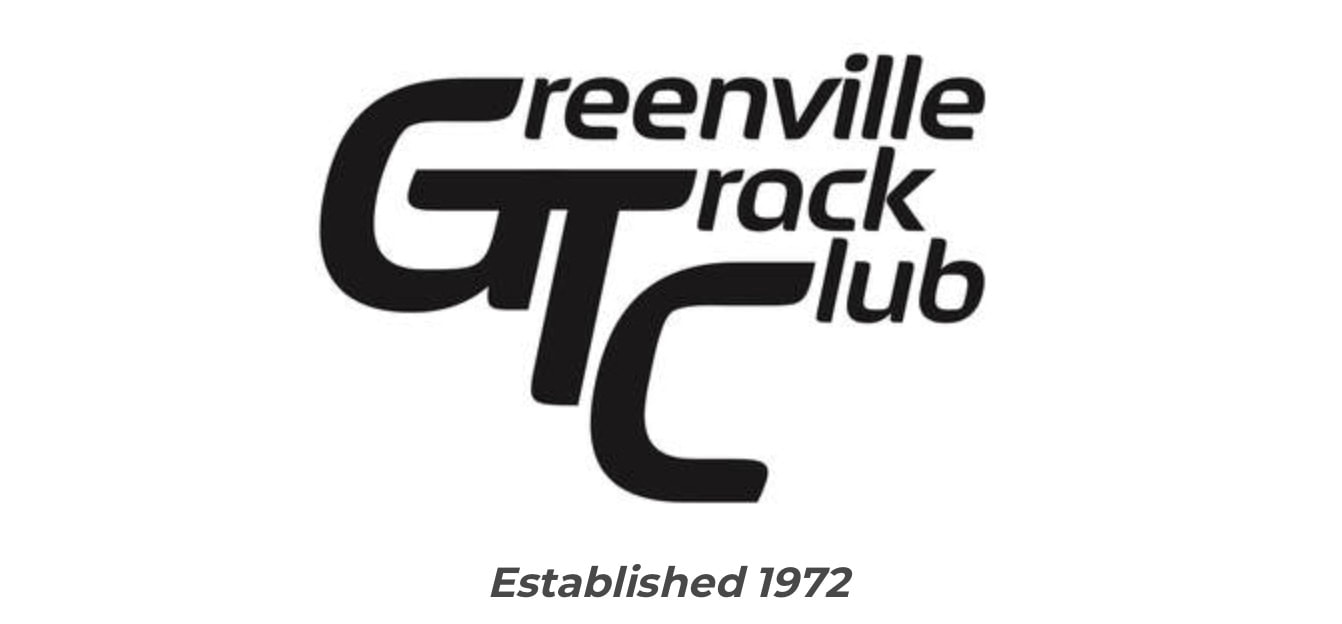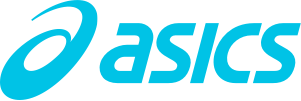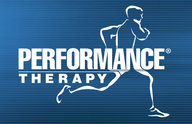|
What was the origin of GTC-ELITE? MC: When Laura and I relocated to Greenville from Portland, OR, we coached at Furman University for a few years. We learned that there were a few collegiate athletes who had the talent and desire to continue pursuing their running dreams following graduation. However, there were very few options for them to do so without having to be employed full time and running more as a hobby. At that time ZAP Fitness up in Blowing Rock, NC, was basically the only post-collegiate, Olympic-development program in the Southeast. However, they had very stringent qualifying times and only spots for about ten athletes. We remembered that the Greenville Track Club had been a force in road racing in the late 1970s and through the ‘80s. They had runners such as the Daves (Branch, Geer & Cushman), to name just a few of their top performers, and Masters standouts Art Williams and Adrian Craven. Runners in the GTC singlets were always near the front of the pack in major events in Atlanta, Mobile, AL, Charleston, Charlotte, etc. They were an integral part of the evolution of the GTC. Together, with my former college coach, and the founder of the GTC, Bill Keesling, we decided to develop a resource and environment for qualifying post-collegians in conjunction with the Greenville Track Club. We consulted with other programs around the country including Pete Rea of ZAP (now ON ZAP Endurance) and developed a mission statement and business plan to present to the GTC Executive Committee. We established our own Board of Directors including some of the GTC originals such as Adrian Craven, Art Williams and Mical Embler, plus key club leaders such as Kerrie Sijion and Sam Inman. Over the years we have added a few local business leaders to the board, such as Tim Briles and Craig Bailey, and former coaches Bill Utsey and Jackie Borowicz. Right after the 2012 USA Olympic Track & Field Trials in Eugene, OR, we announced the formation of Greenville Track Club-ELITE. How do you choose athletes for the program? We researched what some of the other post-collegiate groups were doing and developed a two-tiered standard for qualifying. The performance standards are fairly hard, but not quite as fast as ON ZAP Endurance. Our mission is “development” so we wanted to make our program accessible to as many post-collegians as possible. We really don’t recruit like some of the other programs do, since we really want potential athletes to apply because we are offering something they really want to be a part of. However, once a potential candidate contacts us, we do our best to sell the positive aspects of the Greenville community. Fortunately, GVL is a good sell. If the candidate seems like a good fit, then we’ll have them visit for a couple of days to see what we have to offer and for our coaches to get a better understanding of the athlete’s running and career goals and if they fit into our program. How many athletes are in the program? It depends. In our initial business plan, we estimated that we could probably coach and support about twelve athletes. Being idealists at the time, we thought six men and six women would be optimal. However, realism prevailed and our roster varies from year to year. At one time we had eleven athletes, but at other times we have only had a few. It depends on when the athlete graduates from college and their goals. What have been some of the program’s successes? I think you have to define “success” first. A dictionary might define “success” as the accomplishment of an aim or a purpose. So, I believe we’ve had quite a few success stories. Since our inception we have experienced almost two Olympic cycles, with Tokyo 2020 now being postponed to 2021. So there have been two USA Olympic Team Trials Marathons: Los Angeles in 2016 and Atlanta this past February. We have been fortunate to have developed seven athletes who qualified for one of those events, while training under our program. So we accomplished those goals, which signifies the definition of success. In 2016, we had one young man who had previously placed 12th in the 2012 Trials marathon so we thought he had a good shot at placing in the top ten in 2016. He actually qualified on three separate occasions with half marathon performances under the standard of 1:05:00. In addition we had one male athlete and two female athletes qualify with half marathon efforts (sub-1:15:00 for women). And both women qualified in their first half marathon. Unfortunately, the LA Olympic Trials marathon was conducted under oppressive conditions. Our top athlete didn’t start due to a lower leg issue and the other three completed their first marathons with heat-slowed performances. We believe those performances were a success since the goal was to qualify for and compete in the Trials. For the recent Trials in Atlanta, we had three athletes qualify (sub-2:19:00 for men and sub-2:45:00 for women). One of our men qualified in January of 2019 at the Chevron Houston Marathon, which also qualified him to represent the US Virgin Islands in the 2019 Pan American Games in Lima, Peru. He choose to compete there and relinquished his eligibility to compete in Atlanta OTs. And he placed 12th in the international field in Lima. Our other male athlete ran his first marathon in October of 2019 at Chicago and struggled over the final miles to finish in 2:25. However, he was able to run a huge personal best three months later by placing 11th in the 2020 Chevron Houston Marathon with a time of 2:17:23. Our female qualifier only joined our program in March 2019, but ran 2:40:42 in her debut attempt (Sacramento’s California International Marathon) nine months later in December. This was an outstanding effort since she had only run a 1:18:05 half marathon the previous January before joining the program. She went on to place 49th in Atlanta in a field of over 440 women qualifiers with a personal best of 2:40:29 on an undulating course in very windy conditions. Our male athlete struggled, but finished in 2:26, which was okay considering the short turn around time following Houston (six weeks). We definitely considered these successes as our athletes experienced outstanding development in order to qualify. However, we want to continue to develop athletes and improve on our future performances at the 2024 USA Olympic Trials Marathon. Are the program’s successes primarily at the marathon distance? While we consider having seven athletes qualify for a USA Olympic Trials marathon, we have seen success at other distances on both the roads and the track. Our athletes have competed and placed well in such major events as the USA Club Cross Country Championships, the Peachtree Road Race (Atlanta), Chevron Houston Marathon, Bloomsday (Spokane), California International Marathon (Sacramento), the Great Cow Harbor 10K (NY), Tufts Healthplan 10K (Boston), USA 25K Championships (Michigan), and Cooper River Bridge Run (SC), to name a few. Just this year, 2020, two of our athletes set South Carolina State Records--one for the women’s 15K and the other being the men’s half marathon. Almost every athlete that has completed at least two training macrocycles (approximately a 12-month period) has produced personal bests. One athlete dropped over two minutes in the half marathon, while another over seven minutes in the marathon. Our athletes have run personal bests in distances ranging from 1500 meters through the marathon. Our program records are fairly good from 3,000 meters up to the marathon for both men and women and continue to get better. Has everyone been successful? With full disclosure, we have had a few athletes that the fit just didn’t work and they departed before their first year—and some even before completing one training cycle. What do you mean by “the fit didn’t work?” Post-collegiate running is interesting. If you are really, really good and maybe placed top five at the NCAA DI championships, you have an outside shot at being accepted to one of the top training groups (NIKE’s Bowerman Track Club, Hansons-Brooks Original Distance Project, HOKA’s Northern Arizona Elite, ON ZAP Endurance . . .). When we established our program, we targeted the next tier below that level. Although in the past we attempted to recruit a few graduating collegiate athletes, we later decided to let the athlete contact us if they want to prolong their competitive running career. That change leads to having athletes that really want to postpone their full-time working career and apply. We know they are probably more focused. So, to attempt to answer the question--some athletes like the concept, but not the reality. It sounds good to “go pro” as some like to say, but the reality is that running is really not much of a “professional” sport. Sure, the very top athletes can make some real money, but most have to find various ways to support their habit. Not too many runners earn enough to be considered “professional”, which would represent earning a living wage. Our athletes all have part-time employment. If an athlete doesn’t have the focus to make sacrifices, including lack of money and social time, they probably won’t fit in our program. And they need to believe and trust in our coaches’ philosophies. That is extremely difficult in the “internet” environment. Athletes are sometimes influenced by what others are doing in their training. As the old adage goes, “the grass is always greener on the other side of the fence.” What percentage of athletes don’t fit? First, let’s look at the positives. We’ve had a lot of athlete’s complete their 24-month contract agreement. One woman was with our program for four-and-half years before departing to marry and relocate to where her husband works. She recently qualified and competed in the USA Olympic Trials Marathon with her new training group. So, that was a success. At this juncture, about 44% of our athletes have completed their initial contract agreements before either staying or moving on with their life. However, about 25% didn’t stay for an entire year, before deciding to move on. And about four athletes never ran a race for us as they arrived injured. That being said, quite a few have remained in Greenville. That was one of our objectives when we established the program, to attract young, smart people to our city and hopefully have them become part of our community. I believe we have ten former members of our program living and/or working in GVL now. That’s over 35%. There is actually constant turnover with many of the other post-collegiate programs. You just usually don’t hear about athletes departing. So basically, it is like sports radio host Colin Coherd has stated, “It’s all about fit.” What are some of the reasons that athletes depart? There are various reasons. Sometimes an athlete realizes that they aren’t going to reach the level of performance that they dreamed they would. Dreams don’t always come true, but it is better to dream big than not. Sometimes it is more about lifestyle or desired lifestyle. We’ve had a few that desired to marry and that life change required either moving or more financial support, such as a full-time job. Other times, the athlete doesn’t “buy into” our training methods. That’s always a disappointment as we do our best to explain how we train during our early phone conversations and especially during their interview process when visiting us in GVL. As author and high performance coach Steve Magness has stated, “One of the most important factors determining whether a training program will work or not is belief. If you don’t have buy-in, even if the training is perfect, it’s not going to work.” We’re not a high mileage program, so some believe that they need more mileage. We actually don’t count mileage per se, as we base our training on bioenergetics (energy systems) and the appropriate time needed for each stimulus to produce the desired adaptation. That being said, we’re not a low-mileage, high intensity program either. We believe in optimizing the appropriate amount of volume + intensity to meet each individual’s athlete profile, while still operating in a group environment as much as possible. There is “power in the group.” That is one of our program's Maxims: The Power is in the Group - No one has ever accomplished anything on his or her own. There is no such thing as individual performance. We all need some help to become great. What is your training philosophy? Our training philosophies are time-proven, but we continue to evolve. For example, we added what we call “The Lactate Shuttle” workout, which is based off of Peter Thompson’s “New Interval Training” system. It has proved to be successful when used in the appropriate sequence of workouts and is now a “staple” in our program. While Coach Laura repeatedly states that “coaching running is not rocket science,” I like to add that “good coaching uses running science.” And science informs us that recovery is an important tool in our toolbox. So instead of a three-legged stool of “intensity, duration and frequency,” we have more of a chair with four legs, with that fourth leg being appropriate recovery. We incorporate three “recovery” days per seven-day microcycle. We also prescribe a good amount of ancillary work in the form of Dynamic Movement Drills, Dynamic Flex Drills plus three sessions per week in our F.I.T. Garage. The focus of this work is on the Biokinetic system, which expert coach and educator Peter John L. Thompson has labeled “The Fourth Energy System”, with the other three being Bioenergetics (Phosphagen, Glycolytic/non-oxygenated and Aerobic). The Biokinetic work includes movements promoting the leg/muscular stiffness and also balance of the kinetic chain. While our initial expectations for the program included athletes developing for about four years or eight training macrocycles, we’ve found that two years is about the actual average. That seems to be a long time for young people just coming out of college who don't attract a major footwear contract. That being said, the ones that do remain longer in our program seem to come much closer to reaching their goals. How many of those that depart continue to run at a high performance level? We’ve had a few continue at a high level and continue to improve after they left. We had four former ASICS GTC-ELITE athletes (alumni) qualify for the recent Atlanta OTs so those athletes have continued to develop and improve in their new environment. We are proud of their accomplishments and hope that their time in our program assisted somewhat in their continued development. Endurance running is about consistency and our program might have provided the coaching and resources that led to consistency. One male athlete has become a very high-level triathlete at the national level and also continues to place well at local and regional road races. There are others that just decided to move on with their lives and run for fitness. But, a few of our former athletes have continued to run and compete at the local level, which is good. One continues to use Coach Laura for her training advice. You mentioned resources. Can you explain? Sure. First, we provide coaching expertise. Laura, Bill and I have many years of running and coaching experience and provide such at no cost to our athletes. We’ve coached at the national, post-collegiate, Olympic-Development, collegiate and high school levels. We have been fortunate to have an excellent partner in ASICS, which has provided footwear and apparel almost since our inception. We also provide housing to those athletes who meet that qualifying standard and choose to live in our athlete residence. We have a workout facility that we call the F.I.T. Garage. F.I.T. actually is an acronym for Functional Innovative Technology. In the FG we have many types of equipment that we utilize for our ancillary training. We also have a treadmill and an ElliptiGO on an indoor trainer. (We have a couple of ElliptiGOs for outdoor use, too.) Our resource circle involves partnerships with Performance Therapy (Brad McKay and staff) for soft-tissue issues and maintenance, Carolina Spine & Rehab (Michael Shride) for structural alignment, and ATI’s Running Academy (Kent Kurfmann) for gait analysis. We also value our other partnerships with Final Surge (online training/scheduling platform), Cocoa Elite (recovery protein products), Roll Recovery (recovery apparatus), NormaTec (recovery boots) and the DorsiFlex (lower leg and foot stretching device). A program like this must cost quite a lot. Where does your funding come from? That’s correct, a program like our’s is dependent upon funding and our funding is totally from corporate, foundational and personal contributions. We are very fortunate to be under the umbrella of the Greenville Track Club. Obviously, we couldn’t have established the program without their support and financial contributions. As stated before, ASICS has been a wonderful partner. They have provided the high quality footwear and apparel that our athletes depend on. Over the years, we have had generous individual contributors who made charitable donations to assist with our travel and training expenses. They have been vital to our organization. We were fortunate to have received a one-time grant from the Road Runners Club of America to assist us in preparing for the 2016 Olympic Trials. Corporate organizations such as Greenville Health System (now PRISMA), ScanSource and Joy Real Estate have provided funds and job opportunities for our athletes. And recently we were honored that the Borch Foundation (Furman University graduate Chris and his wife Andrea) made a major contribution. What does the future look like?
That is an interesting question during this current period of uncertainty. We were extremely fortunate to have participated in and expereinced the 2020 USA Olympic Trials Marathon on the final day of February, since the severity of the novel cornavirus COVID-19 had not induced “social distancing” just yet. As “social distancing” and “shelter in place” guidelines became necessary, all competitive opportunites were either cancelled or postponed. That obvioulsy has changed our future plans. Our athletes are coping as well as can be expected, but some of our normal training venues have been restricted or closed. However, our athletes have continued to train—just not in groups. We hope that we will expereince a positive change in our nation and globallly soon, but expect that the “new normal” may be a bit different going forward for some time. With that being said, the restricted travel and undertainity has changed some of our plans. Plus, some of our athlete contract/agreements expire in July. A lot depends on what the future holds regarding competitive opportunities. We fully expected one of our athletes to qualify for the USATF Olympic Track & Field Trials this coming June, but that event has been postponed and rescheduled for 2021 due to the current health situation and the postponement of the Tokyo Olympics unitl 2021. However, that will give us more time to build strength and continue to develop and improve. Also, due to the expectation of the NCAA allowing this year’s seniors to return in 2021 for the Outdoor Track & Field season, we do not anticipate having recent graduates join our program this year. However, we do have a few available slots for aspiring athletes who meet our qualifying standards and want to get to the next level.
0 Comments
|
AuthorMike Caldwell is the Director and one of the coaches for ASICS Greenville Track Club-ELITE. For more on Mike please visit his page on this website. Archives
June 2020
Categories |
- News Blog
-
About Us
- Mission, etc.
- Our Four Pillars
- Our Maxims
- Contact Us
- Support Us
- Board of Directors
- Qualifying Standards
- FAQs
- Apply
- Olympic Trials Qualifiers
- NCAA Champions
- NCAA All Americans
- Club Records
- SC State Records
- Performance Lists
- Victories
- USA Road Championships
- Program Highlights >
- Community Involvement
- Legacy Running Camp
- Schedule
- Coaching & Training
- Laura Caldwell Fellowship
- Current Athletes
-
Alumni
- Wallace Campbell
- Calista Ariel
- Chass Armstrong
- Trent Binford-Walsh
- Ryan Bugler
- Chris Caldwell
- Josh Cashman
- Shawnee Carnett
- Frank DeVar
- Nicole DiMercurio
- Kate Dodds
- Dylan Doss
- Ricky Flynn
- Emily Forner
- Adam Freudenthal
- Dylan Hassett
- Mark Leininger
- Mackenzie Lowe
- Zach Mains
- Cristina McKnight
- Avery Martin
- Tyler Morse
- Joe Niemiec
- Alison Parris
- Victor Pataky
- Annie Rodenfels
- Ryan Root
- Kimberly Ruck
- Austin Steagall
- Carolyn Watson
- Chelsi Woodruff
- Blake Wysocki
- Pics & Vids
- Sponsors
- Greenville, etc
- Social Media
- News Blog
-
About Us
- Mission, etc.
- Our Four Pillars
- Our Maxims
- Contact Us
- Support Us
- Board of Directors
- Qualifying Standards
- FAQs
- Apply
- Olympic Trials Qualifiers
- NCAA Champions
- NCAA All Americans
- Club Records
- SC State Records
- Performance Lists
- Victories
- USA Road Championships
- Program Highlights >
- Community Involvement
- Legacy Running Camp
- Schedule
- Coaching & Training
- Laura Caldwell Fellowship
- Current Athletes
-
Alumni
- Wallace Campbell
- Calista Ariel
- Chass Armstrong
- Trent Binford-Walsh
- Ryan Bugler
- Chris Caldwell
- Josh Cashman
- Shawnee Carnett
- Frank DeVar
- Nicole DiMercurio
- Kate Dodds
- Dylan Doss
- Ricky Flynn
- Emily Forner
- Adam Freudenthal
- Dylan Hassett
- Mark Leininger
- Mackenzie Lowe
- Zach Mains
- Cristina McKnight
- Avery Martin
- Tyler Morse
- Joe Niemiec
- Alison Parris
- Victor Pataky
- Annie Rodenfels
- Ryan Root
- Kimberly Ruck
- Austin Steagall
- Carolyn Watson
- Chelsi Woodruff
- Blake Wysocki
- Pics & Vids
- Sponsors
- Greenville, etc
- Social Media
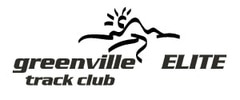
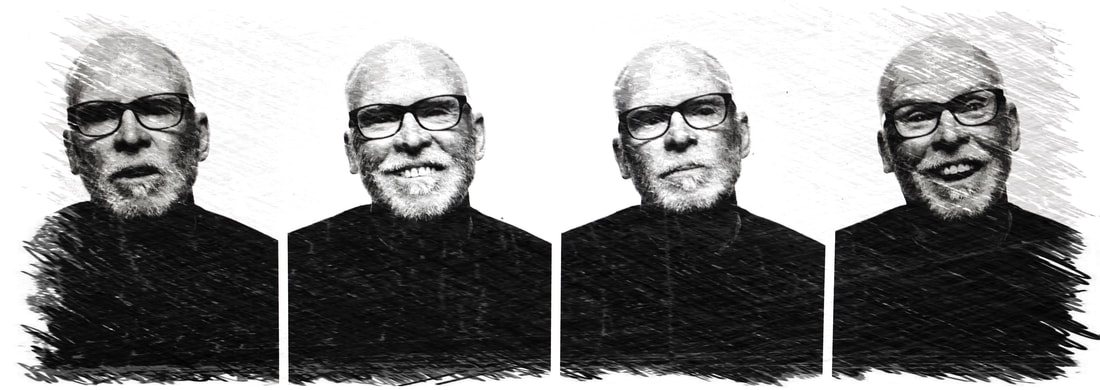
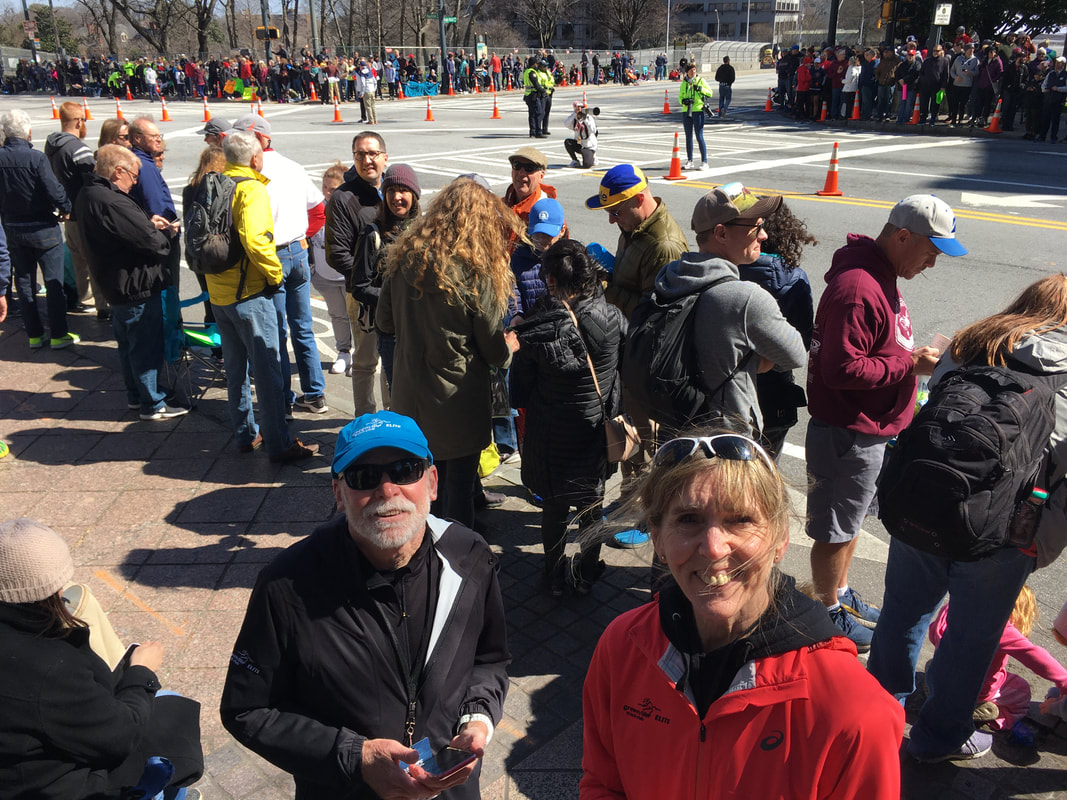
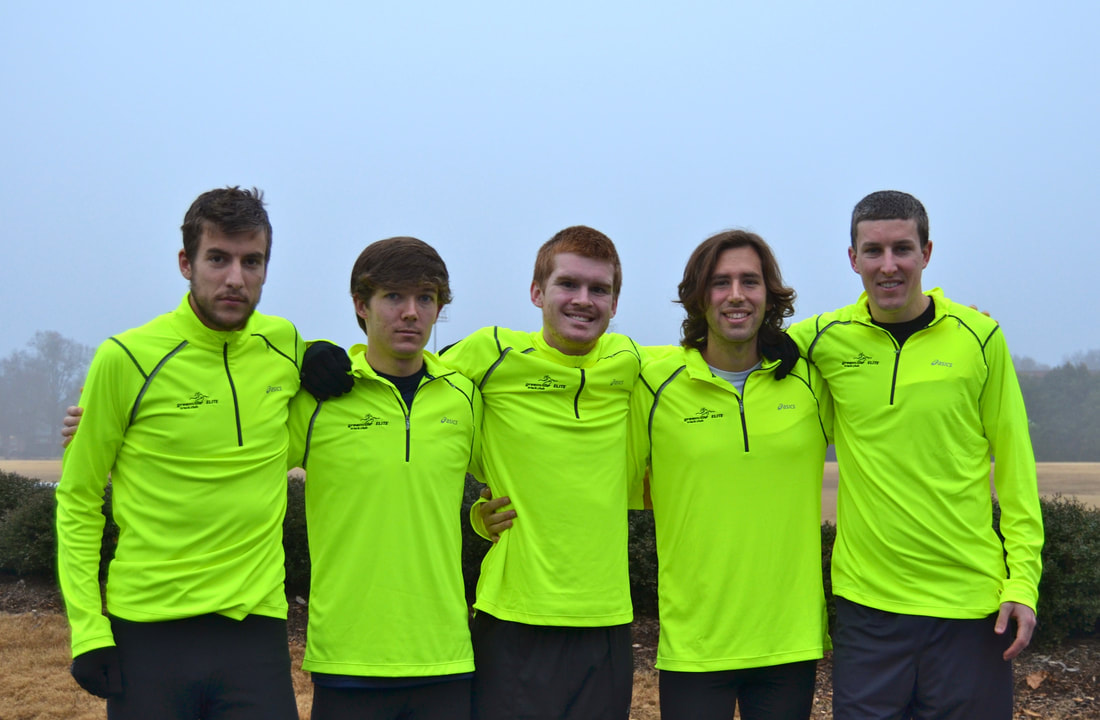
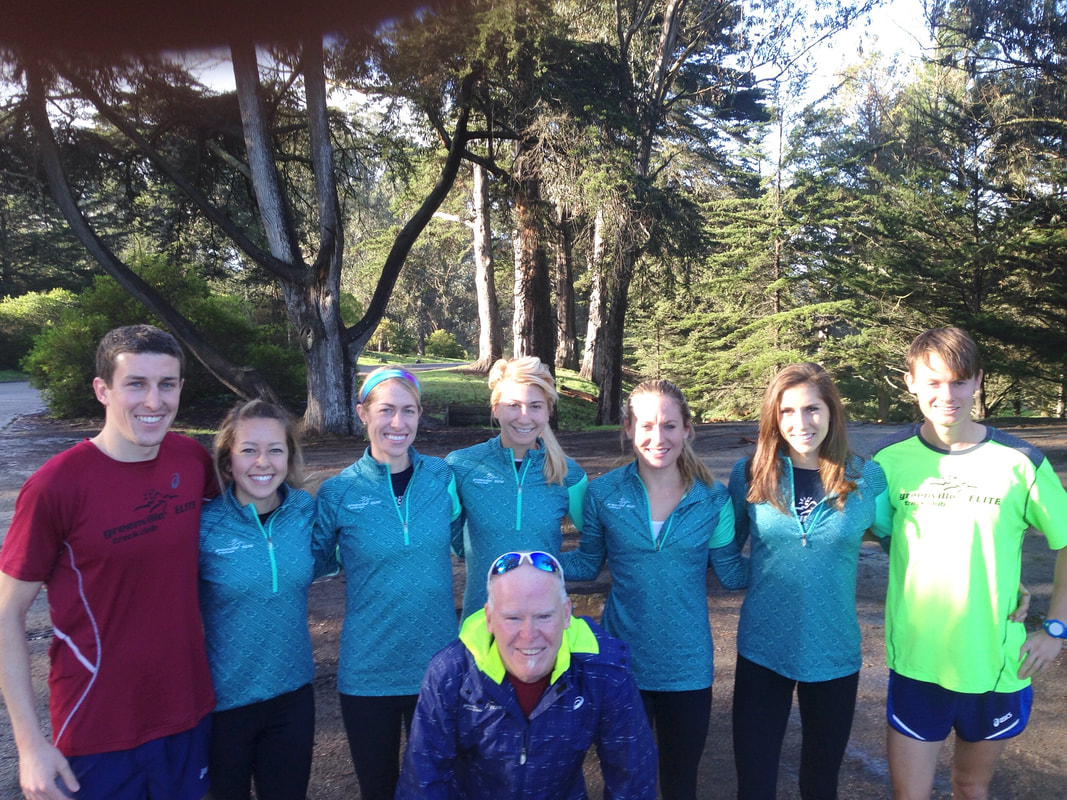
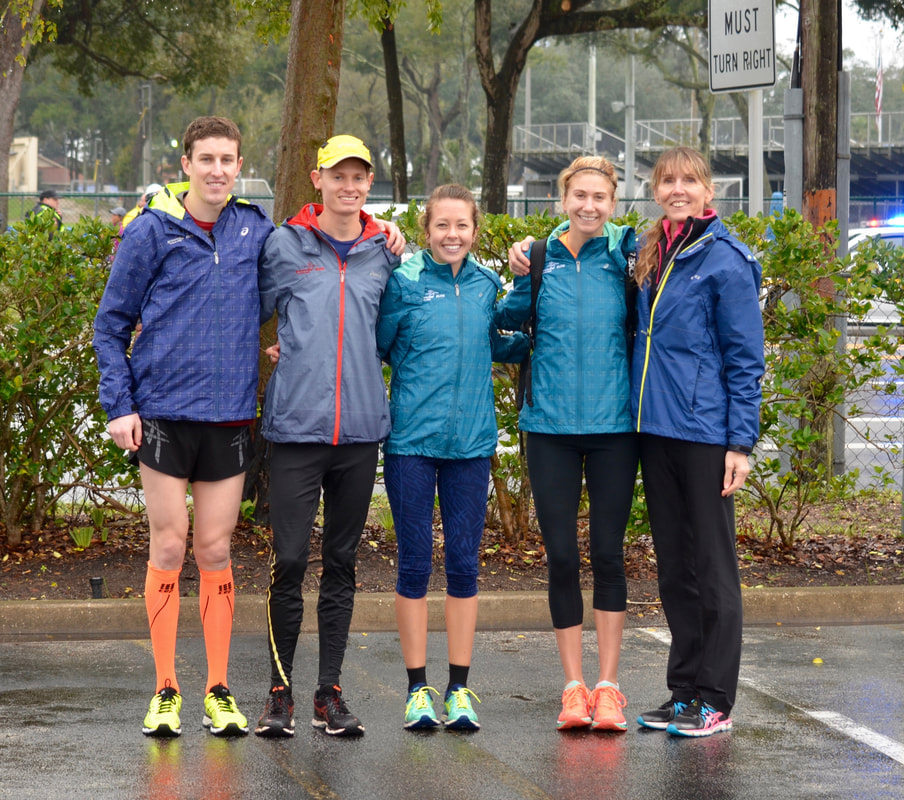
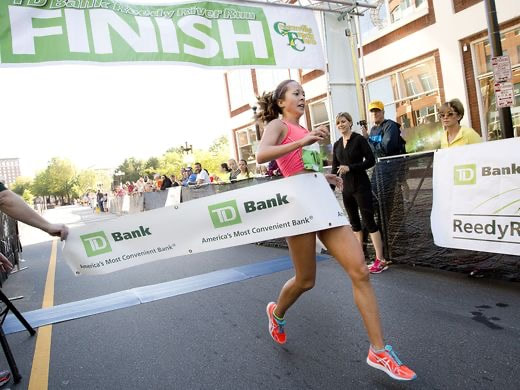
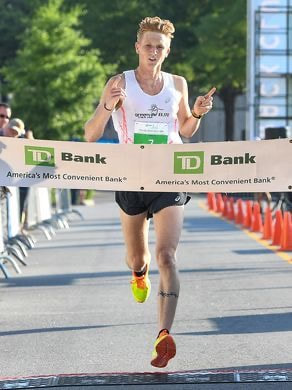
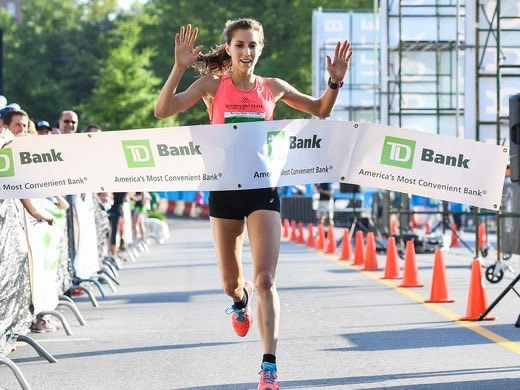
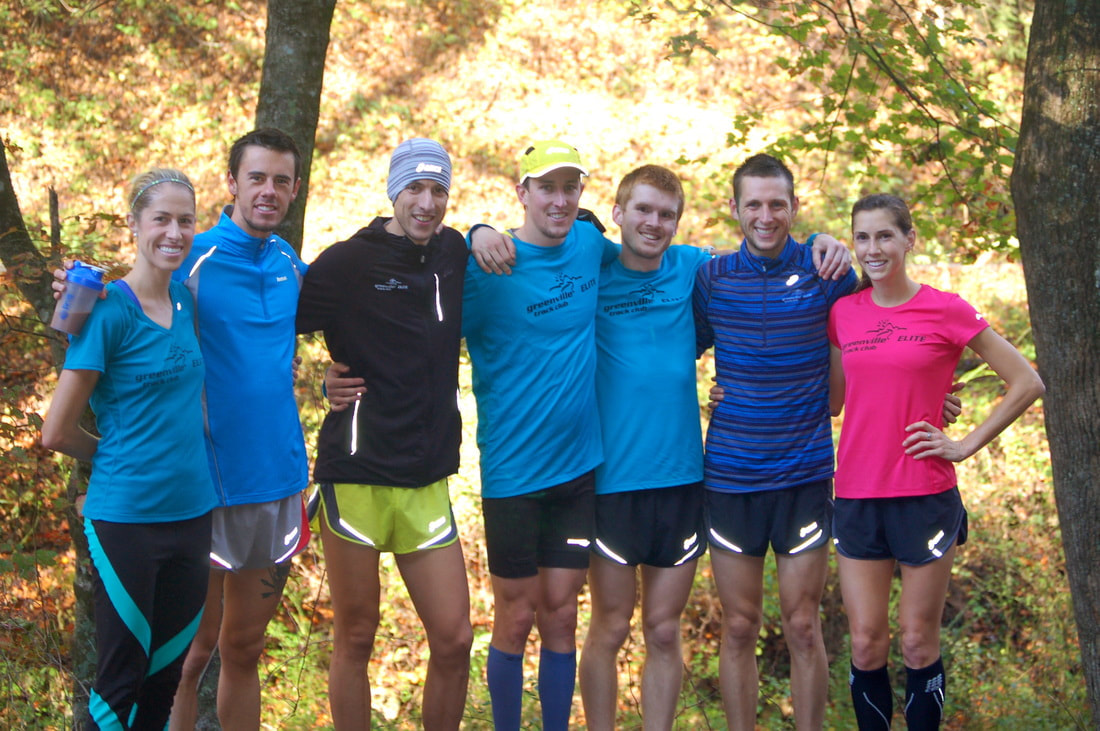
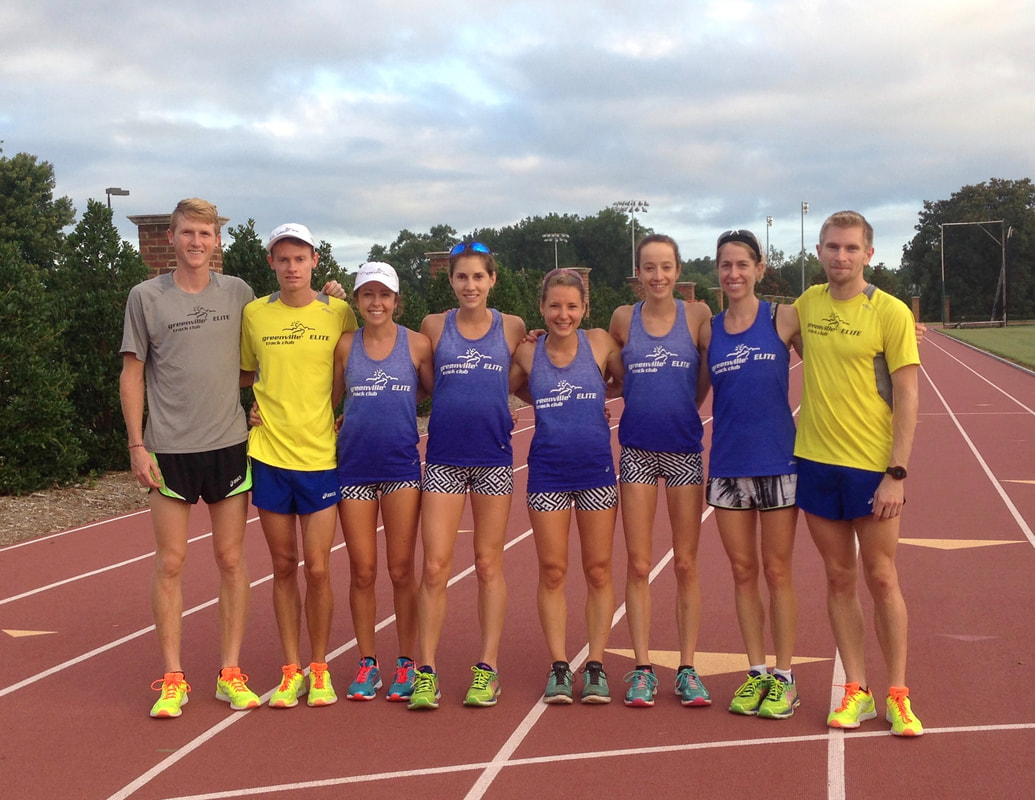
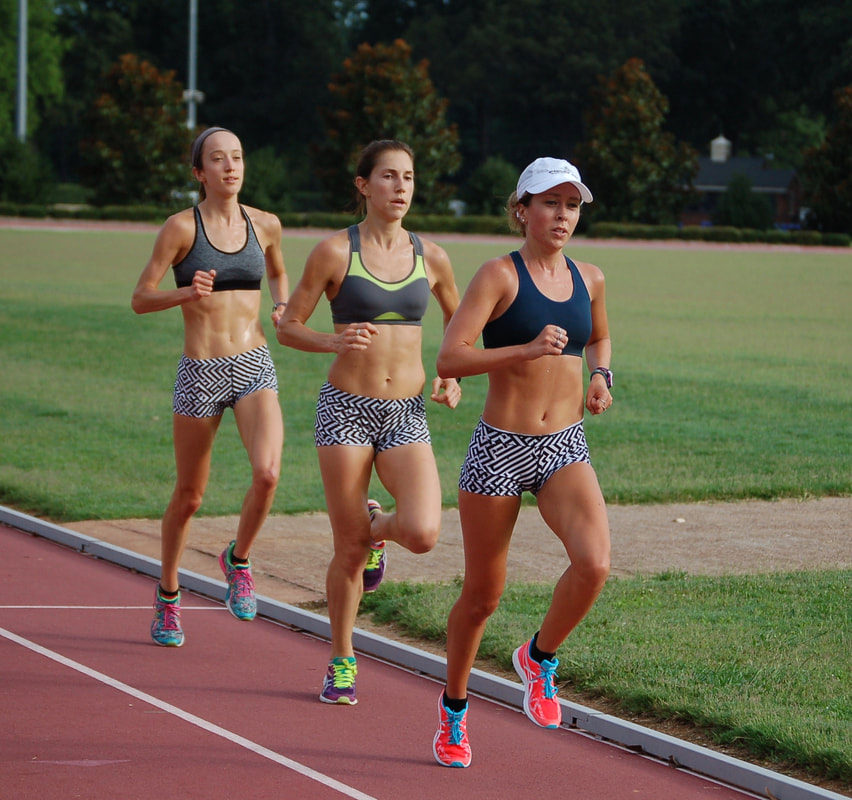

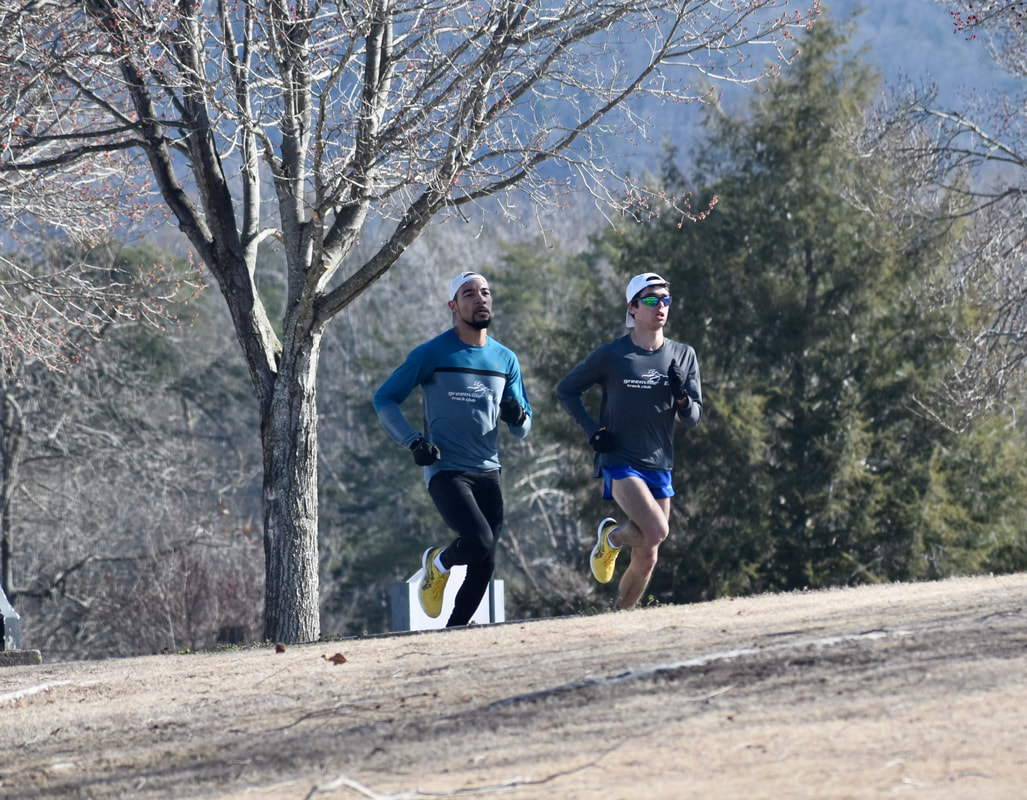
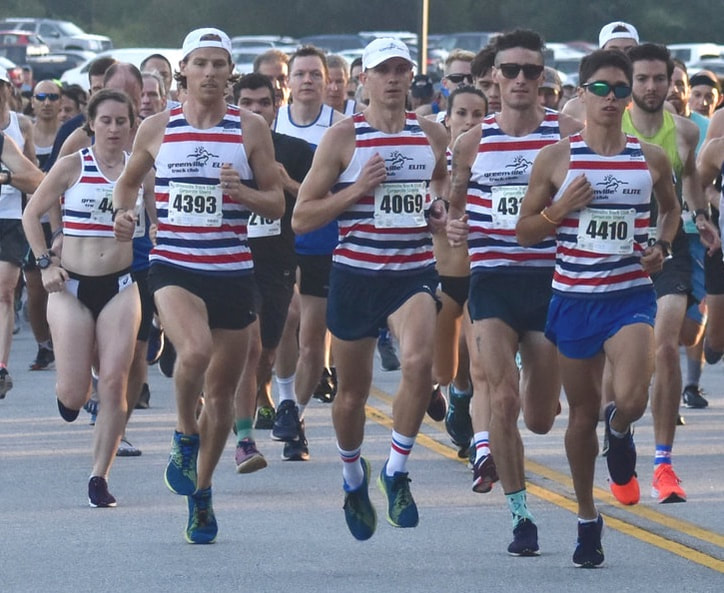
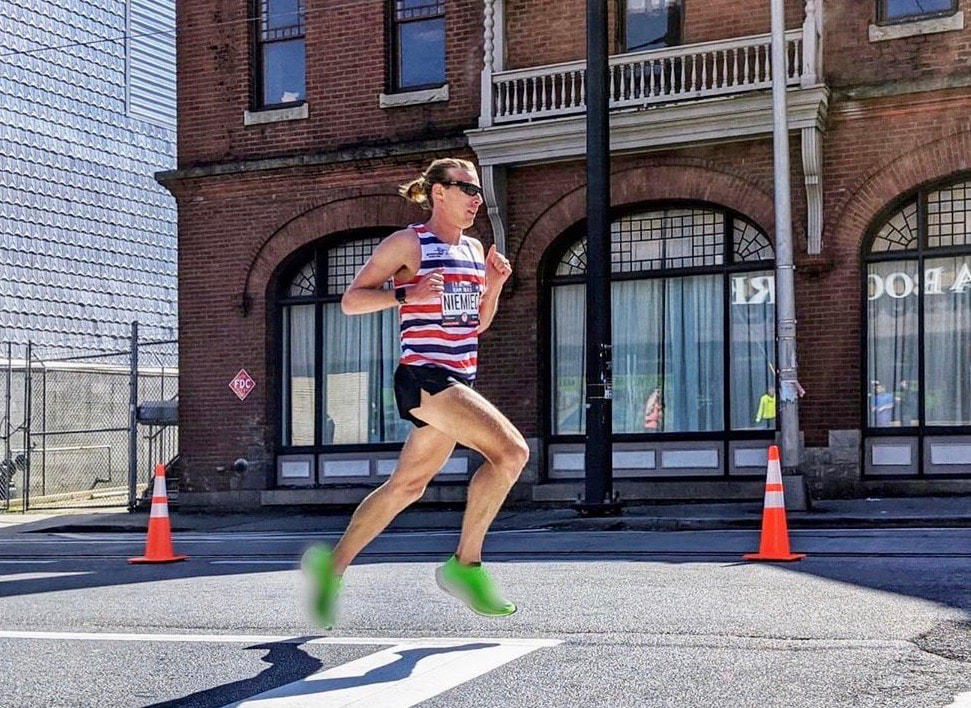
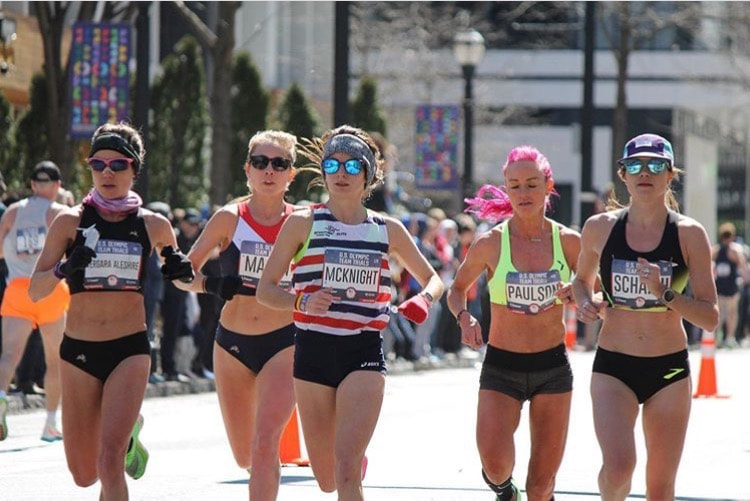
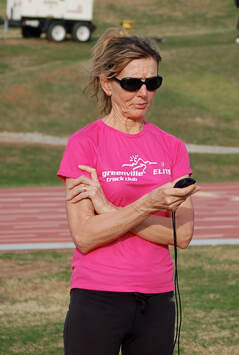
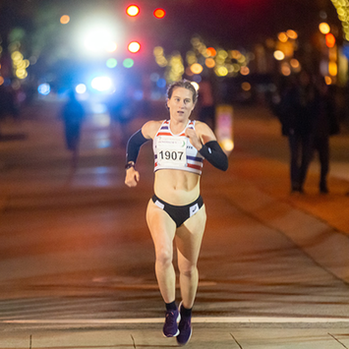
 RSS Feed
RSS Feed
